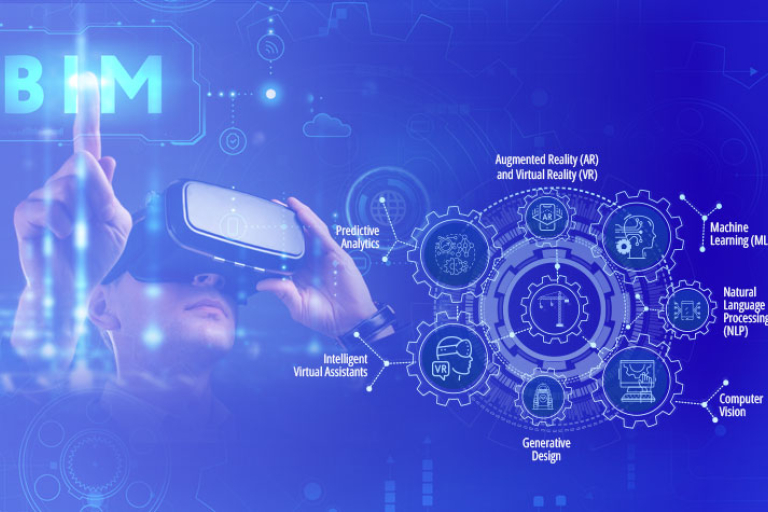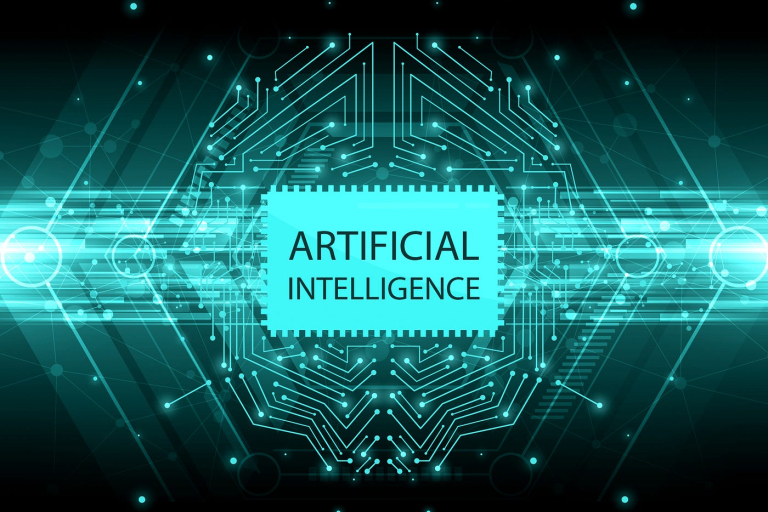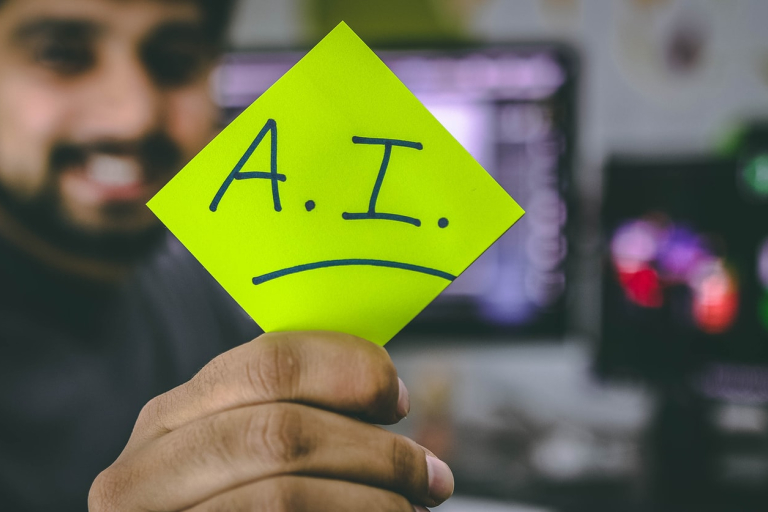In the world of construction, new technologies are changing how things work. Building Information Modeling (BIM) and Artificial Intelligence (AI) are two such technologies. They are working together to solve problems in construction. This is important because it makes construction better and smarter. In this discussion, we will see how BIM and AI are doing this. We will learn how AI is making construction more efficient, accurate, and innovative.
Explanation: BIM and AI
BIM is like a digital plan for a building. Architects, engineers, and builders use it to design, build, and manage a building. They use special software to make a 3D model of the building, including details about materials and systems. BIM is important because it gives a complete view of the building process. It helps teams work together better, find problems early, and save money by reducing mistakes.
Read more: Open BIM: Critical Things You Must Know
How To Master BIM LOD (Level Of Development) Specification?
Meanwhile, AI means machines thinking and learning like humans. It helps machines do things that need human-like thinking, such as understanding speech, deciding, and finding patterns in data. AI is getting better and is used in many industries like healthcare, finance, transportation, and making things. Big improvements in large language models are changing everything.

Benefits of AI in BIM
In the world of building design and construction, something exciting is happening. It's the fusion of two powerful technologies: Artificial Intelligence (AI) and Building Information Modeling (BIM). This combination is making things better and more efficient in many ways.
Smart Design with AI
Imagine you're designing a new building, and you want to make sure it's not just strong and safe but also energy-efficient through generative design. AI can help with that. It can analyze lots of data quickly and find ways to save energy. For example, it can suggest better insulation or windows that let in more natural light, reducing the need for artificial lighting. This not only saves money but is also better for the environment.
Spotting Problems Early
AI can be like a detective, finding issues before they become big problems. Let's say there's a mistake in the design – a wall is in the wrong place, or the pipes are too close to each other. AI can catch these errors early, saving time and money. It's like having an extra set of eyes that never get tired.
Efficiency in Planning and Scheduling
Planning and scheduling a construction project can be a puzzle. AI can help solve it. It can figure out the best order to do things, like when to pour concrete or install wiring. This means projects can finish faster and stay on budget. For instance, AI can analyze weather data and suggest the best days to work on outdoor tasks, like pouring concrete. This avoids delays due to bad weather.
Safety First
Safety is crucial in construction. AI can improve safety by monitoring the worksite. For example, it can use cameras to check if workers are wearing their safety gear, like helmets and vests. It can also spot unsafe conditions, like a slippery floor, and alert supervisors. This helps prevent accidents and keeps everyone safe.
Greener Buildings
In today's world, being environmentally friendly is crucial. AI can analyze how a building uses energy and suggest improvements. This can lead to greener buildings with lower energy consumption and reduced carbon footprints.

Obstacles in AI-Powered BIM
Using AI to make Building Information Modeling (BIM) smarter is a great idea, but there are some problems to solve.
Fixing Messy Data
One problem with AI in BIM is dealing with messy information. Sometimes, details about buildings are not complete or have mistakes. For example, measurements might be missing, or the materials listed could be wrong. AI can help tidy up and arrange the information, but people still need to check and make it better.
Hard-to-Understand Models
BIM models can be very tricky, which confuses AI systems. Picture it like a big jigsaw puzzle with lots of pieces. To make it easier, experts are creating smart AI programs that break these complex models into smaller, simpler parts. This way, AI can work on each piece separately and understand them better.
Making AI Fit
AI tools often need to work with other computer programs. Adding AI into BIM software can be tough, like trying to put a square peg into a round hole. But experts are making standard connections that help AI and BIM talk to each other easily. This will make it smoother to combine them.
Money and Getting In
AI tech can be costly to create and use. Smaller construction companies might have a hard time affording AI-powered BIM solutions. To solve this, some groups are making affordable and easy-to-use AI tools designed especially for small businesses.

How AI Solve BIM Challenges
AI can't fix everything in BIM, but it can help with lots of challenges. For instance, AI can make things easier by doing some tasks automatically, like figuring out how much material is needed, so people don't have to type it all in. AI can also make BIM simpler to use by making it easier to understand and use with easier screens. You can even ask questions in regular words to get info from your BIM model.
Also, AI can help different people work together on a project even if they use different tools. Even though AI can't replace humans, it can make their work better by using data to help and make fewer mistakes.
So, while AI can't fix everything people don't like about BIM, it can make it easier, more useful, and less tricky to use.
Several Cases Using AI in BIM
Here are some cases to illustrate:
Estimating Material Quantities
AI excels in rapidly determining the required amounts of concrete, steel, or other materials for construction projects. For instance, AI can analyze a 3D building design and calculate that we need 10,000 square feet of drywall and 500 cubic yards of concrete.
Analyzing Construction Designs
In addition, AI is proficient at reviewing architectural plans and identifying potential issues or conflicts. Take, for example, when AI spots an intersection between a structural beam and a plumbing pipe in the design, it promptly alerts engineers to make essential adjustments.
Identifying Issues Before Construction
Moreover, AI goes beyond identification by using simulations to predict how various project elements will interact. For instance, AI can predict that using a specific roofing material may cause the building to overheat. Consequently, architects and engineers can make informed decisions and implement design changes early on, preventing costly complications down the line. AI's ability to foresee and address issues significantly contributes to project success and sustainability.
Conclusion
Choose Harmony AT for your BIM/CIM modeling needs. With 20+ years of global experience, we're known for excellence. Our expert team uses cutting-edge software to create precise digital models tailored to your project. These models include architectural, structural, MEP, and facade details, reducing errors and improving communication. Contact us here to transform your projects today. Visit our contact page for inquiries.
Categories





